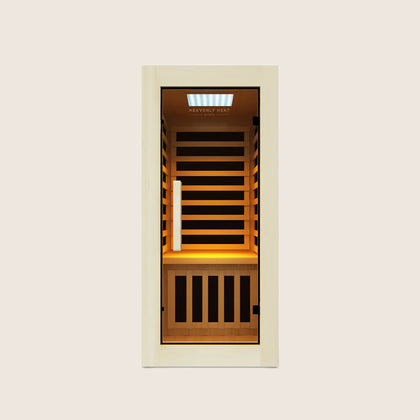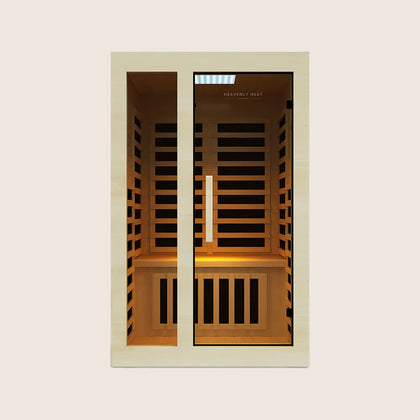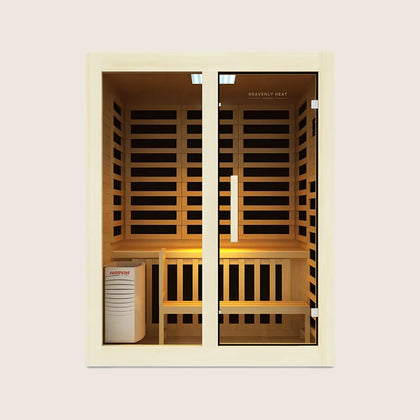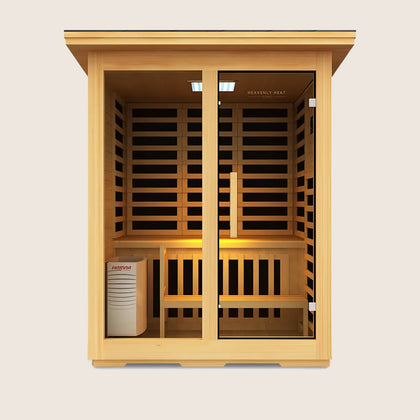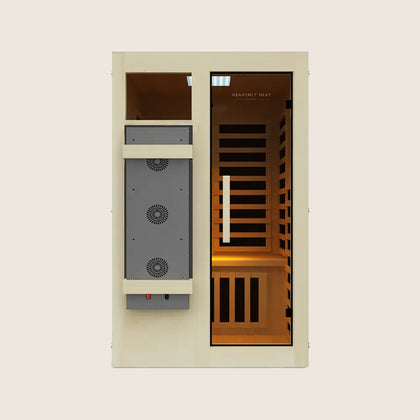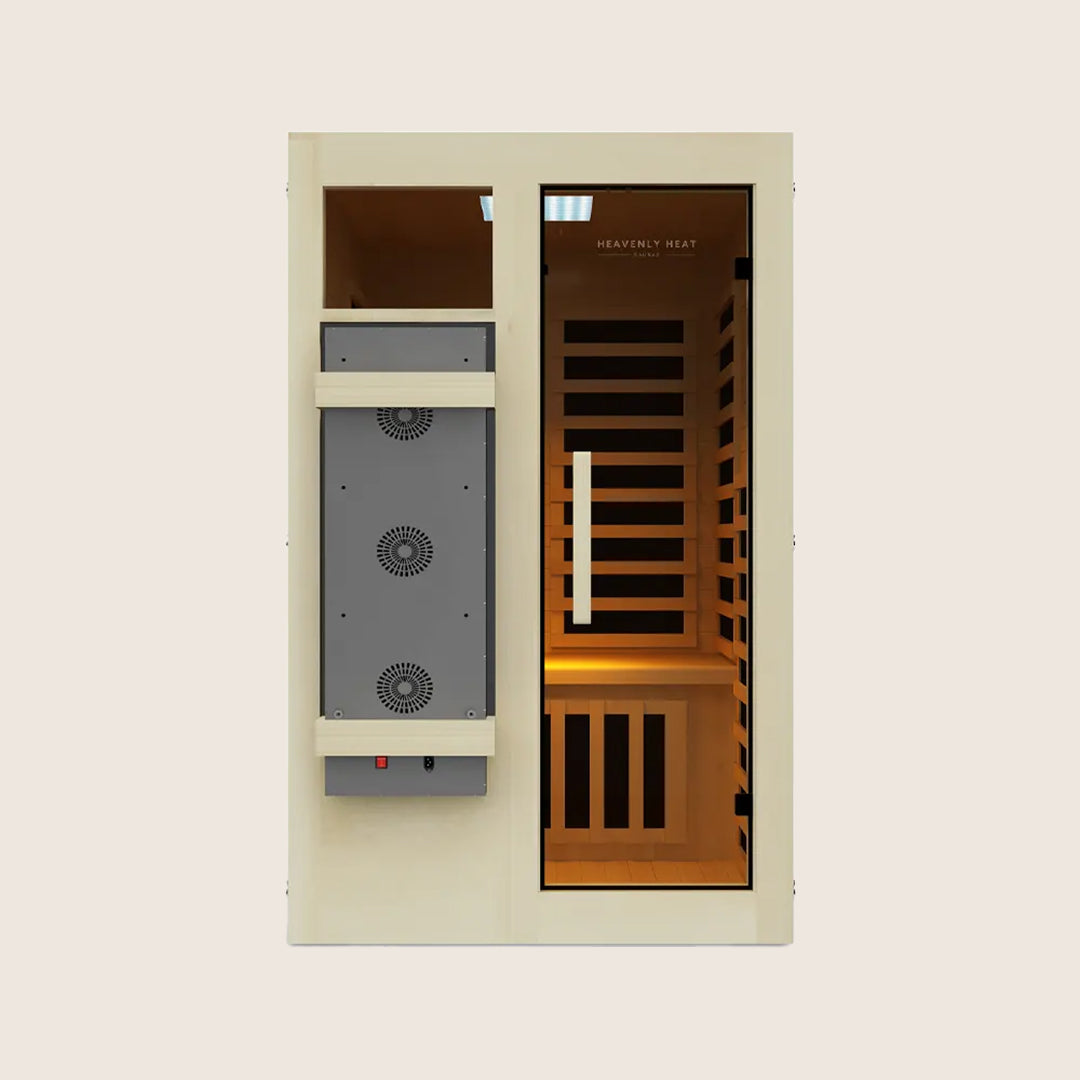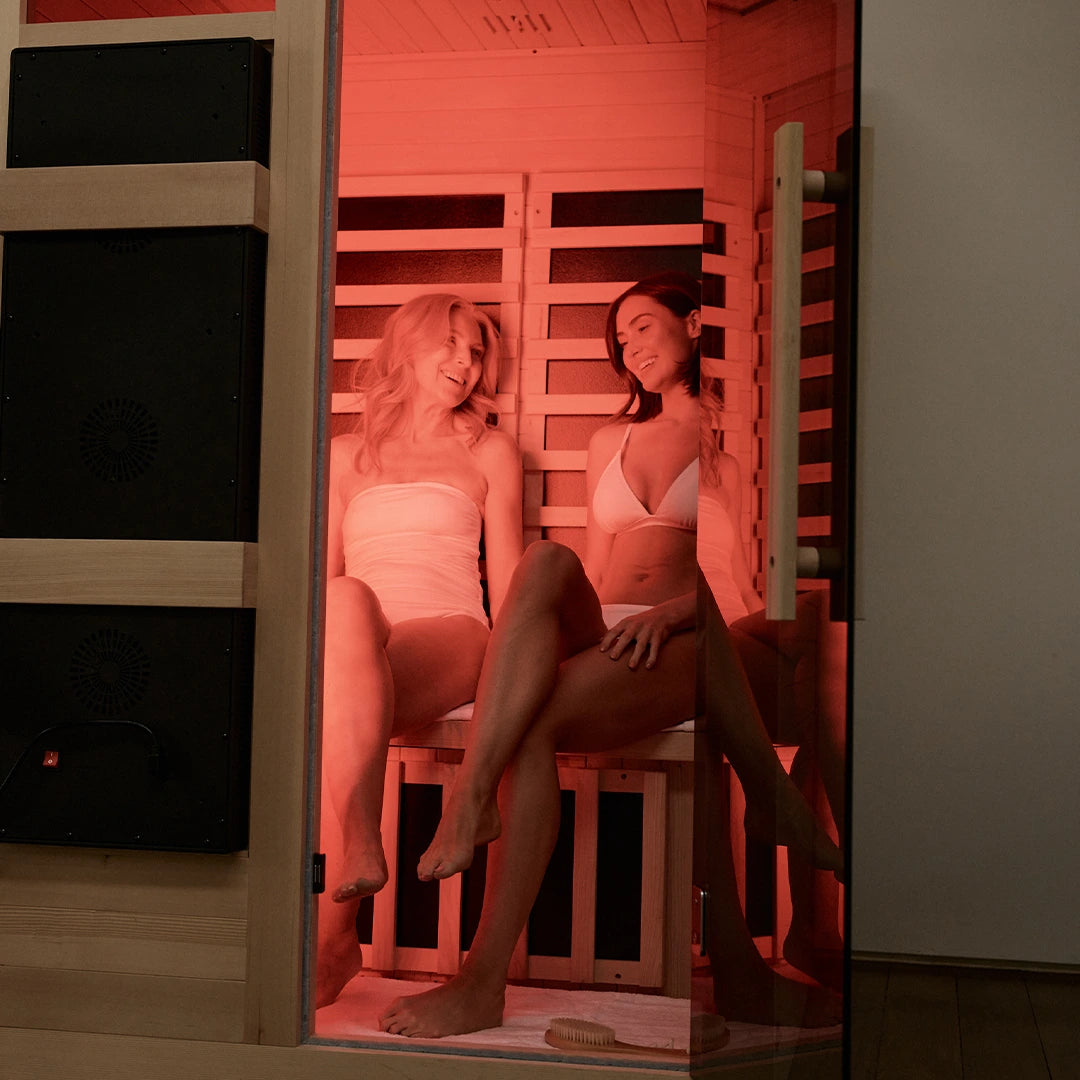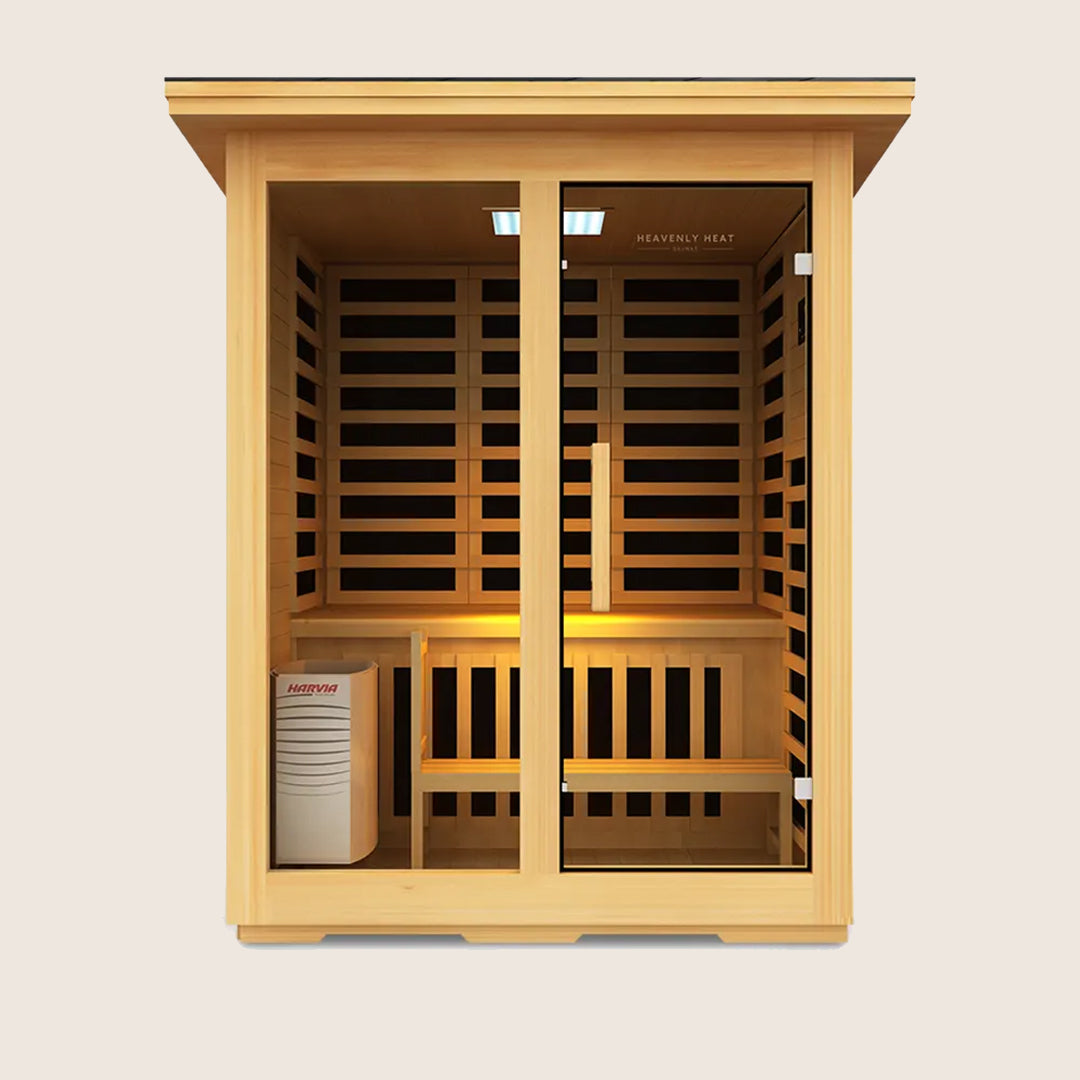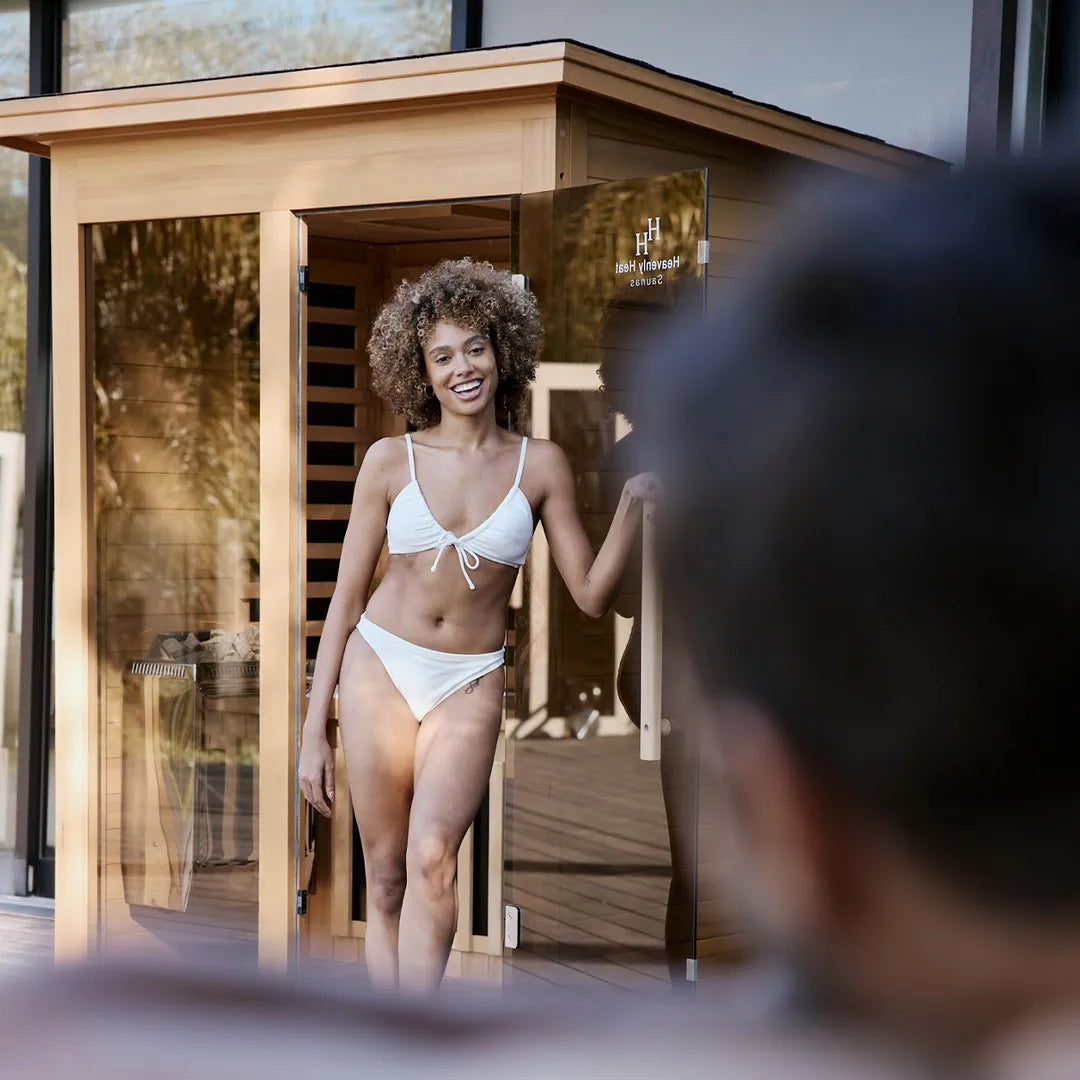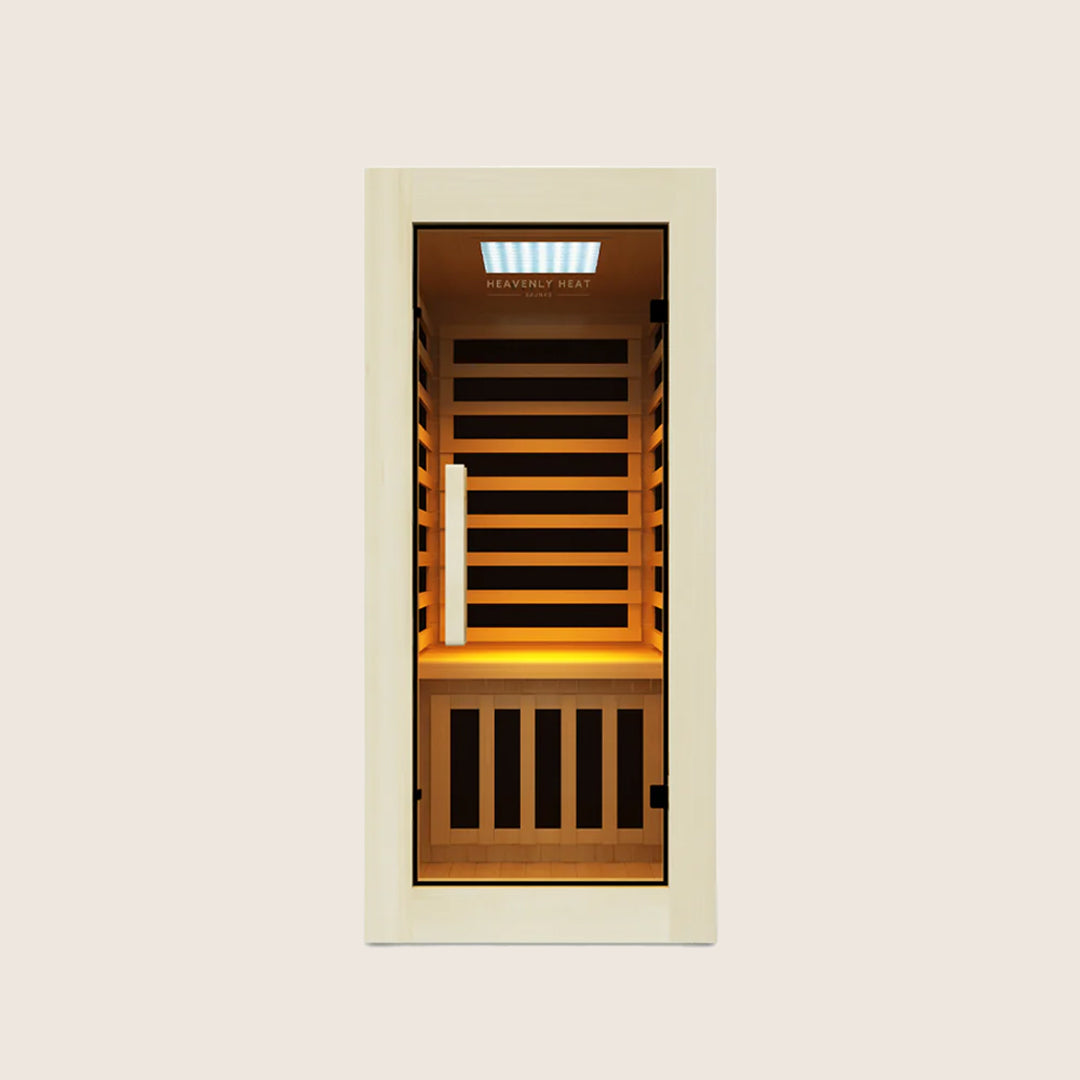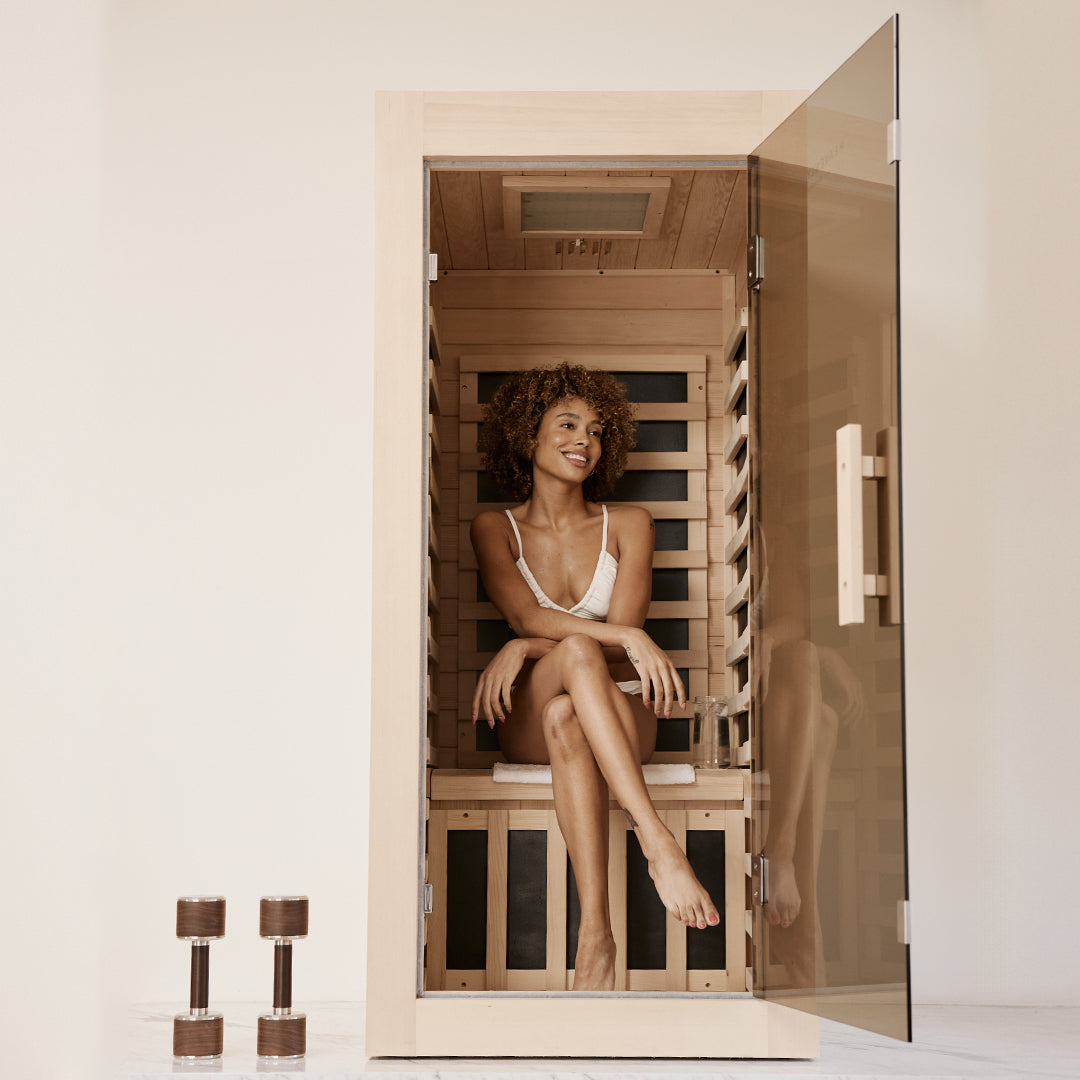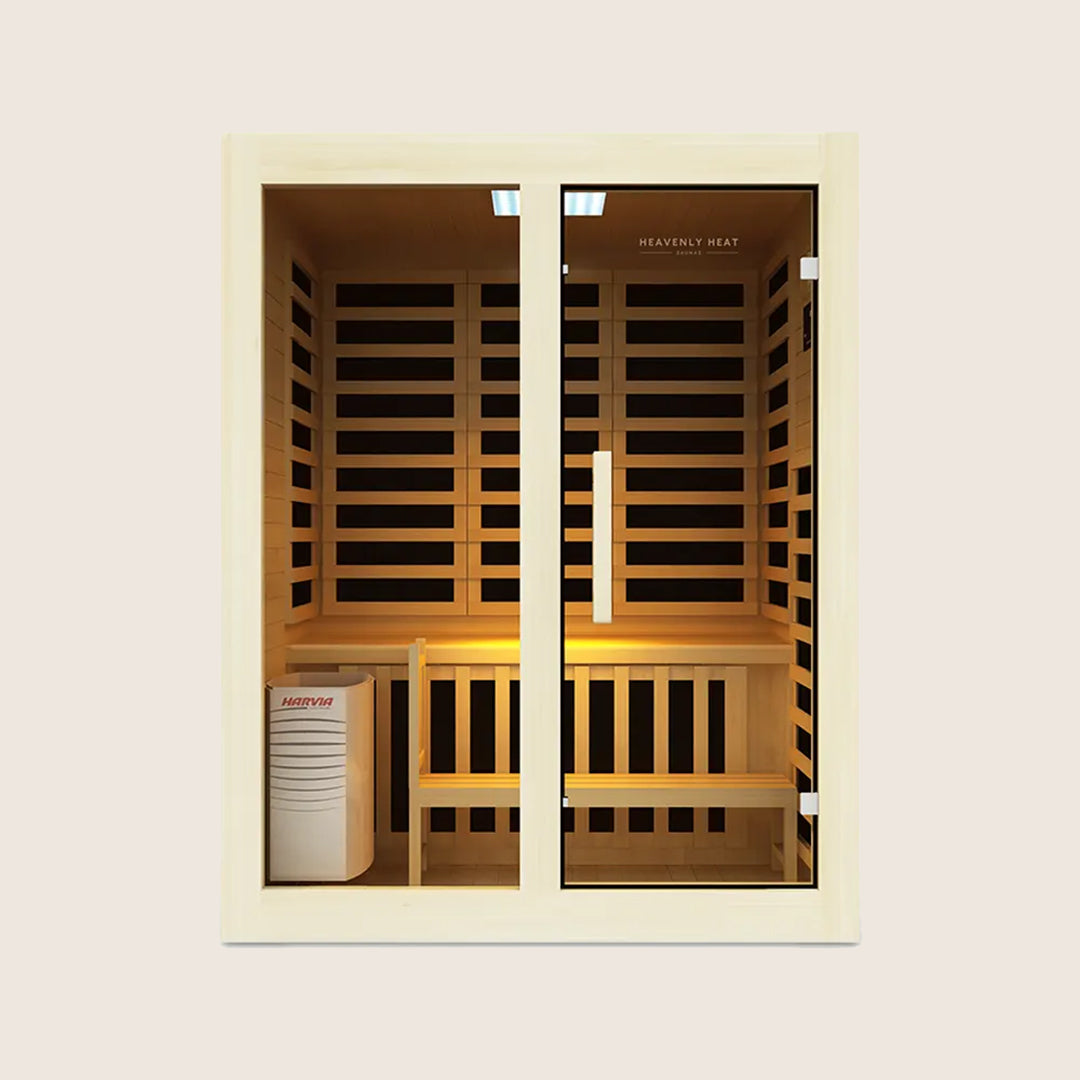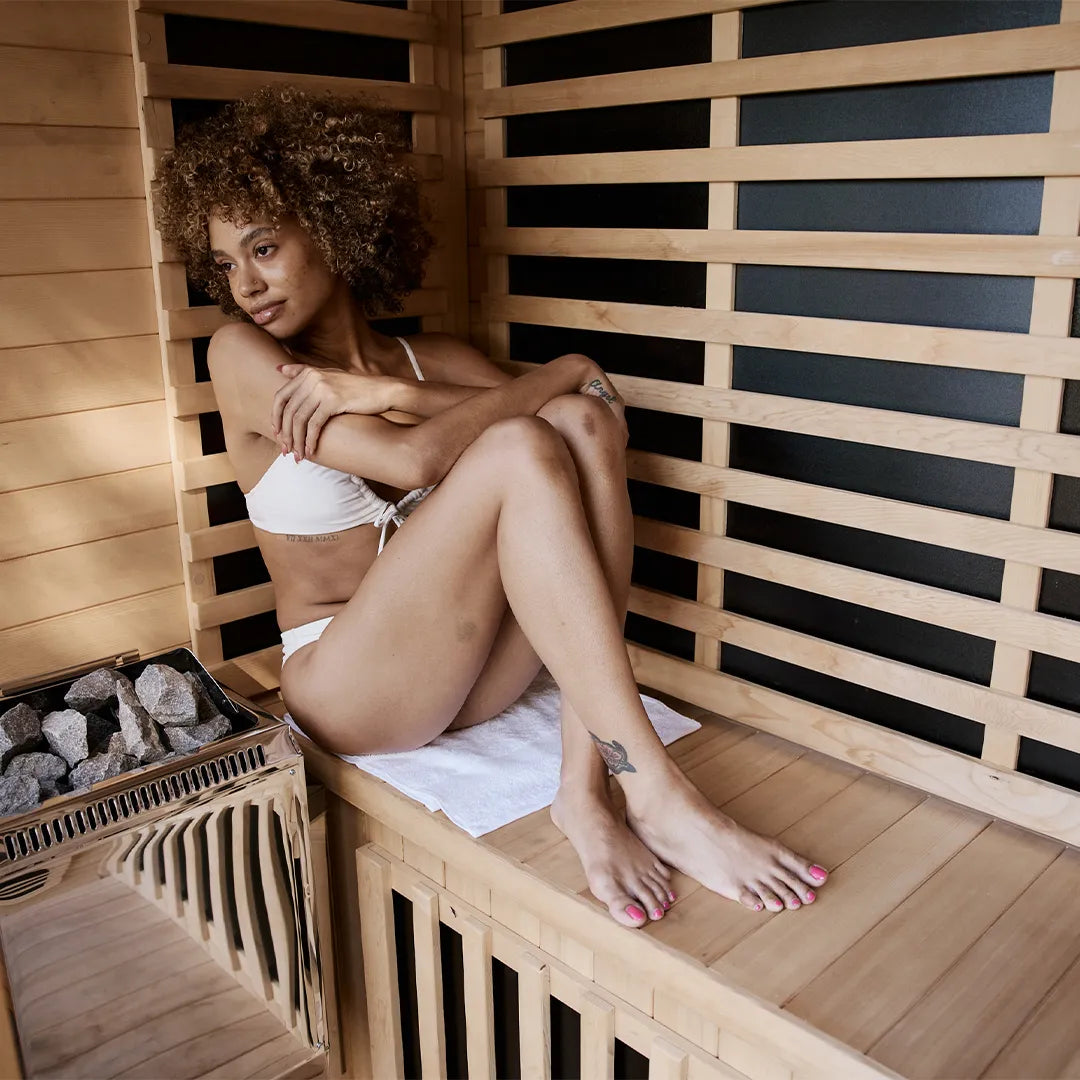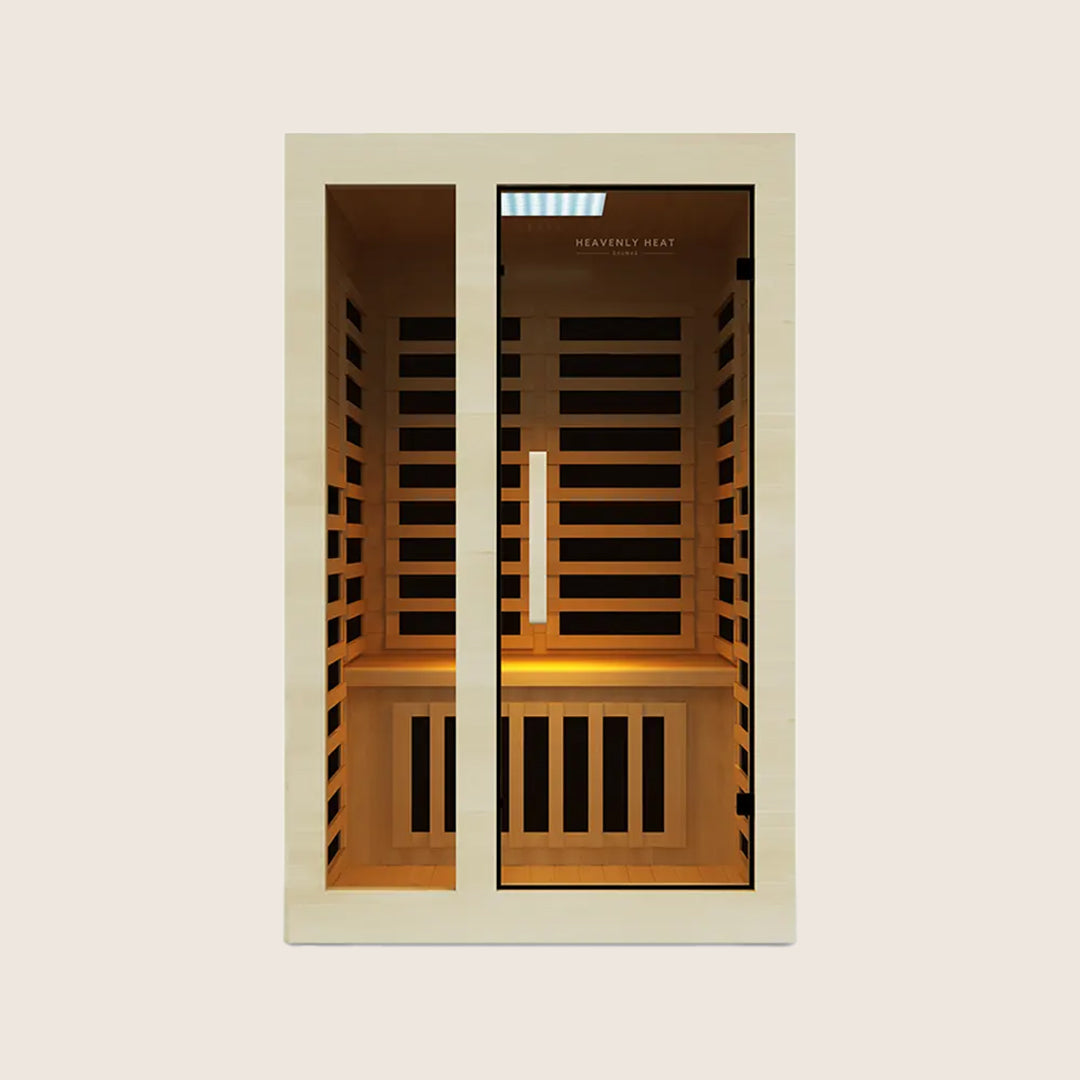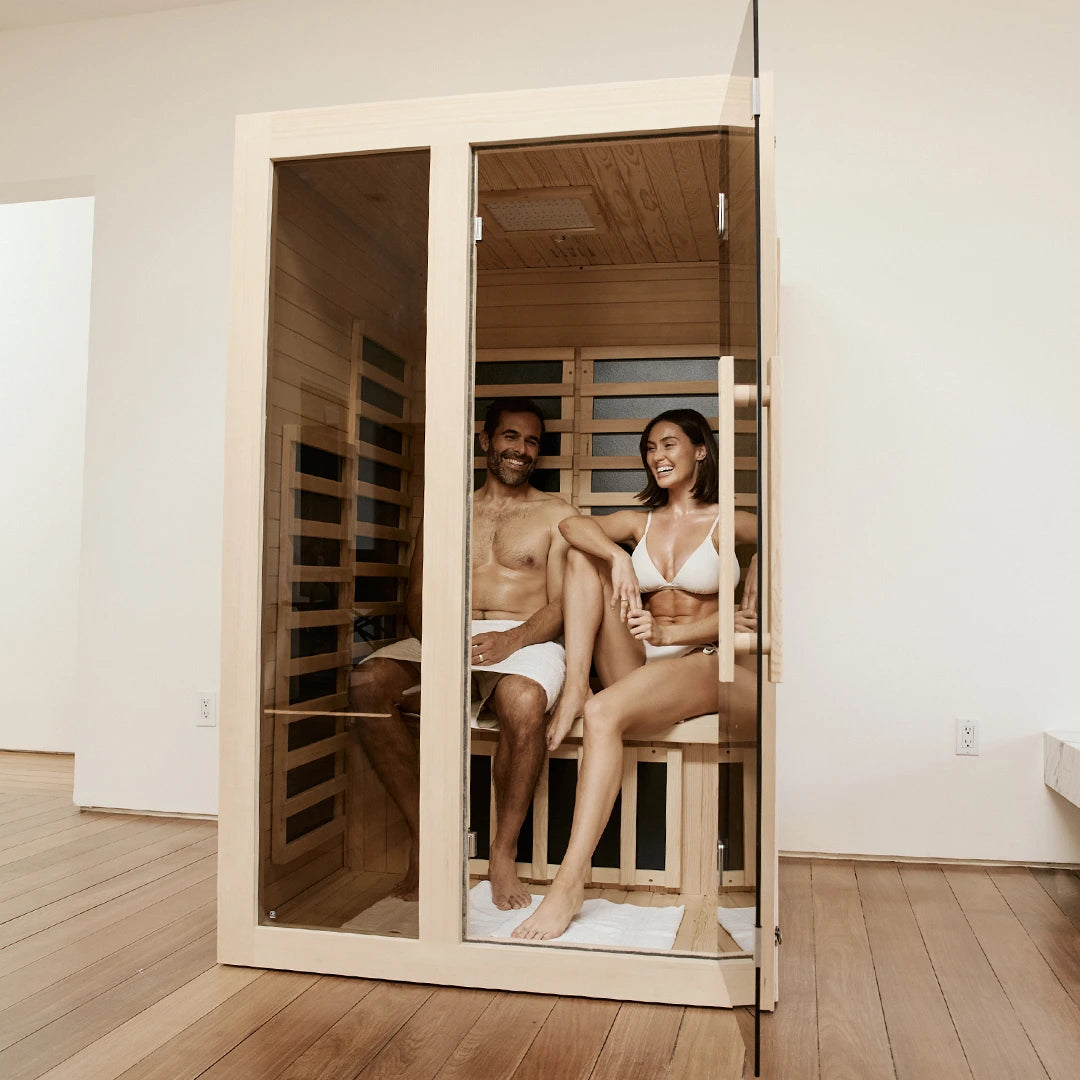Can You Hot Tub While Breastfeeding? Safety Guide
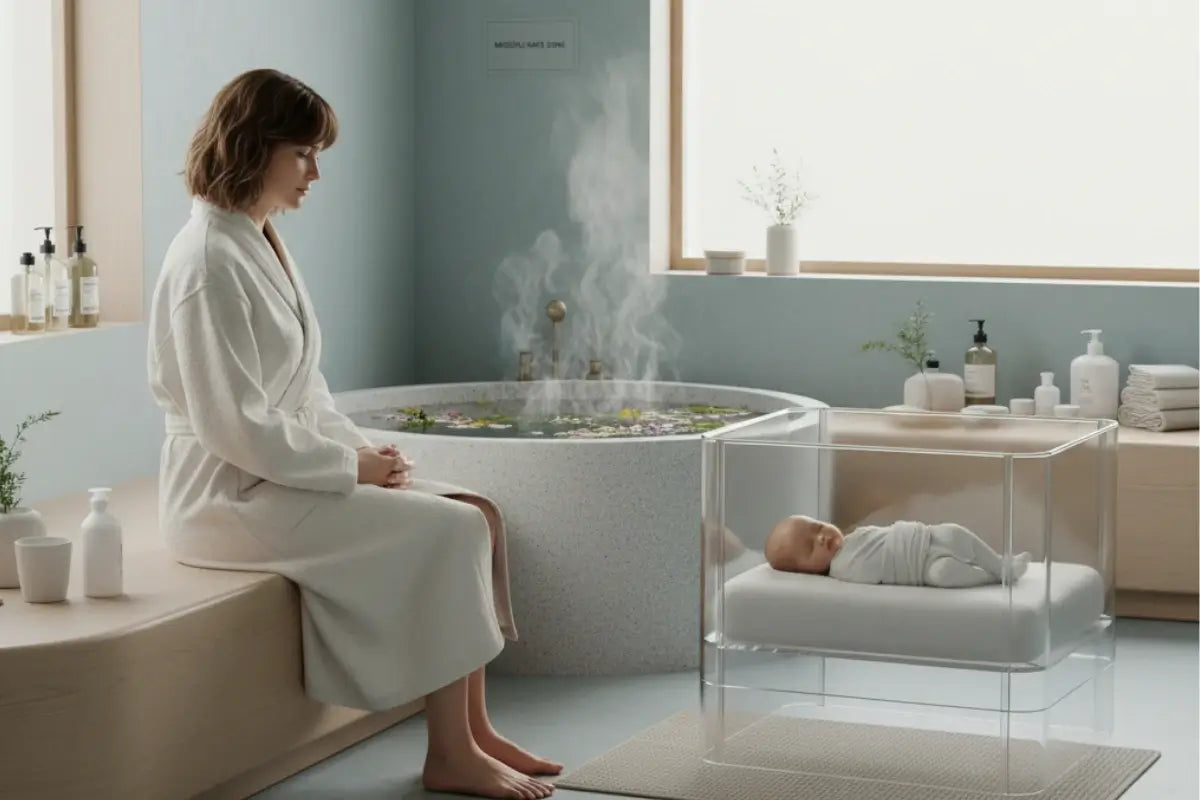
Short or long nursing sessions, constant hunger cues, or painful latching, these breastfeeding symptoms can leave moms overwhelmed and second-guessing themselves.
Ignoring them risks low milk supply, baby’s poor weight gain, and even painful breast complications.
But what about self-care, like soaking in a hot tub, while nursing? This safety guide explores what you need to know before you relax.
Key Takeaways
Prioritize Safety: Keep hot tub water below 100°F (38°C) and limit sessions to 10–15 minutes.
Stay Hydrated: Drink plenty of water before, during, and after hot tub use to support milk supply.
Watch for Warning Signs: Stop immediately if you feel dizzy, nauseous, or overheated.
Explore Gentle Alternatives: Breathing exercises, warm baths, aromatherapy, yoga, or nature walks can help you relax safely.
Support Emotional Well-Being: Creative hobbies and calming music provide stress relief and promote a more peaceful breastfeeding experience.
Is It Safe to Use a Hot Tub While Breastfeeding?
Using a hot tub while breastfeeding can be safe if precautions are taken. Health organizations like the CDC and AAP don't specifically prohibit hot tub use during breastfeeding but advise against overheating, dehydration, and exposure to contaminated water.
To minimize risks, keep water temperature below 100°F (38°C), limit soaking to 10–15 minutes, stay hydrated, and avoid hot tubs with strong chemicals or poor water quality.
While animal studies suggest heat stress may reduce milk production, human studies show no significant impact when hydration is maintained. Always consult your healthcare provider before using a hot tub during breastfeeding.
How Hot Tub Water and Heat Can Affect Breast Milk and Moms?
Medical guidelines warn that both heat and hot water can affect breastfeeding mothers and their milk.
Breast milk is sensitive, warming it beyond body temperature can break down vitamins, enzymes, and protective immune cells that babies depend on.
For mothers, being in very hot conditions may cause dehydration, which reduces blood flow to the mammary glands and can disrupt prolactin, the hormone needed to make milk.
Overheating may also create stress that impacts supply. While animal research shows that heat stress can lower milk production, findings in humans are more reassuring.
According to the American Physiology Summit, a small study on postpartum women found that a one-hour heat stress session did not significantly reduce milk production, though the mothers did sweat more and required extra fluids.
These results suggest that hydration plays a key role in maintaining supply during hot conditions.
Health organizations like the CDC, AAP, and WHO don’t provide specific rules about hot tub use while breastfeeding, but they do recommend avoiding infections, staying hydrated, and limiting overheating.
Hot Tub Safety Precautions for Breastfeeding Mothers
Water Temperature: Keep the hot tub below 100°F (38°C) to prevent overheating.
Time Limit: Soak for only 10–15 minutes at a time.
Hydration: Drink plenty of water before and after using the hot tub.
Warning Signs: Stop immediately if you feel dizzy, nauseous, or too hot.
Clean Water: Avoid tubs with strong chemicals or dirty water.
Medical Advice: Talk to your doctor before using a hot tub while breastfeeding.
Alternative Relaxation Options for Breastfeeding Moms
Breathing Exercises Reduce Stress Quickly
Breathing exercises are a gentle yet powerful tool for breastfeeding moms who want to ease stress and feel more balanced.
The Texila International Journal of Public Health reports that women who practiced diaphragmatic deep breathing for just 20 minutes a day over four weeks saw remarkable benefits, including reduced stress, lower blood pressure, and improved overall well-being, compared to those who received only routine care.
What makes these exercises even more appealing is how quickly they can work. Findings from The Cyprus Journal of Medical Sciences showed that even a single 45-minute breathing session lowered cortisol, the body’s primary stress hormone, proving that relaxation can set in almost immediately.
The mental and emotional side matters too. Research highlighted in Wiley Online Library revealed that people engaging in relaxation techniques like deep breathing, guided imagery, or progressive muscle relaxation felt a clear and measurable boost in relaxation right after their session.
For busy new moms, even a short daily breathing break can provide a quick, natural way to feel calmer, healthier, and more centered.
Gentle Yoga Relieves Postpartum Tension
If you’re a new mom looking for a calm way to unwind, gentle yoga can be a lifesaver. It reduces stress by combining slow movements with focused breathing, helping your body and mind release tension.
Simple poses like cat-cow, shoulder rolls, and neck stretches ease tightness in areas that often hurt from breastfeeding.
Adding mindful breathing keeps you present and boosts relaxation, while guided sessions can help you stay focused and safe, especially in the first weeks.
Even just 15–20 minutes a day can make a noticeable difference, leaving you calmer, more centered, and ready for your little one.

Aromatherapy Calms Your Mind Safely
Aromatherapy is often viewed as a gentle and natural way for new mothers to cope with stress and emotional changes.
Evidence from the Journal of Family & Reproductive Health shows that in a systematic review and meta-analysis of clinical trials, aromatherapy was linked with reduced symptoms of postpartum depression.
Although the improvements were not always statistically significant, the research suggests that calming scents may provide emotional relief without harmful side effects, making aromatherapy a safe complementary option alongside conventional care.
Essential oils such as lavender, chamomile, and sweet orange are most often highlighted for their relaxing and mood-boosting qualities.
As noted by the Journal of Family & Reproductive Health, more high-quality studies are still needed to confirm both safety and effectiveness specifically for breastfeeding women.
Still, these oils are generally considered gentle and may support better sleep and lower stress.
For many moms, simply diffusing a soothing scent or taking a few mindful breaths can offer a safe and simple way to restore calm during the busy postpartum period.
Music and Sounds Help You Relax
Listening to calming music can be a gentle yet powerful way for breastfeeding moms to ease stress and even support healthy milk flow.
As reported in the Journal of Clinical and Diagnostic Research, mothers of premature babies in the NICU who listened to soothing flute ragas experienced lower stress, reduced cortisol (the body’s main stress hormone), and produced more breast milk compared to those who didn’t.
This highlights how music can nurture both mom and baby. In addition, findings published in Therapeutics and Clinical Risk Management show that relaxing music not only lowers cortisol but also lifts mood, making it an effective tool for reducing anxiety and tension.
When it comes to the type of music that works best, evidence from Reproductive Health points to gentle, calming sounds, especially instrumental pieces or soft melodies, as being most effective in easing pain and stress for new mothers.
Even setting aside just a few minutes for relaxing sounds can make breastfeeding a more peaceful and emotionally supportive experience.
Warm Baths Soothe Muscles and Mind
A warm bath can be one of the simplest yet most comforting ways for breastfeeding moms to ease both body and mind.
Findings from the Jurnal Penelitian Pendidikan IPA show that warm water immersion significantly lowered anxiety and pain in mothers during labor, especially when paired with soothing scents like rose or lavender.
Although this study focused on childbirth, experts note that the calming benefits of warm water can also extend into the postpartum period.
Physically, warm baths help release muscle tension, including in breast tissue, while boosting circulation.
This not only eases soreness but may also encourage milk flow by supporting the natural let-down reflex.
In addition, research on hydrotherapy suggests that warm baths can play a role in improving postpartum well-being, with benefits such as stress reduction, greater relaxation, and higher maternal satisfaction.
While more studies are still needed for breastfeeding mothers specifically, current evidence highlights how a warm bath offers more than comfort, it brings calm, relief, and emotional support during recovery.
Creative Hobbies Distract and De-stress
Engaging in creative hobbies like painting, journaling, or knitting can be more than just a pastime for new mothers, it can be a meaningful way to ease stress and lift mood.
Yonago Acta Medica highlights that mothers who joined handprint artwork workshops experienced differences in parenting stress depending on their child’s age and their confidence in the art they created.
In another study reported by the Journal of the American Art Therapy Association, just 45 minutes of making art led to a measurable drop in cortisol, the body’s main stress hormone, while participants described the experience as calming, freeing, and enjoyable.
Broader reviews of art-based activities, including music, creative play, and visual arts, further show that these hobbies can ease anxiety and depression, while supporting mindfulness, confidence, and emotional balance.
Even though exact percentages aren’t always provided, the growing body of evidence makes one thing clear:
creative outlets give breastfeeding moms a gentle, enjoyable, and effective way to cope with stress and rediscover calm.

Nature Walks Boost Mood and Energy
Spending time outdoors can be one of the simplest yet most powerful ways for new mothers to recharge both body and mind.
Research published in BMC Women’s Health highlights that the postnatal period is often a sensitive time, and many mothers feel calmer, more connected, and less stressed when they spend time in nature.
Just a little sunlight and fresh air can lift mood, ease fatigue, and restore energy, even if there isn’t much greenery around.
For breastfeeding moms, this might be as simple as stepping outside for a short walk when the day feels heavy.
The benefits go even further, findings in Frontiers in Psychiatry show that regular physical activity, including walking, can reduce the risk of postpartum depression by about 27%, with at least 90 minutes per week making a meaningful difference.
While no breastfeeding-specific organization directly recommends nature walks, public health guidelines like those from Canada.ca encourage daily movement.
Offering a break from indoor stressors, nature walks provide a gentle, natural way for moms to relax, reset, and feel more energized.
FAQs
Can you go in a hot tub postpartum?
No, you should avoid hot tubs after birth due to infection risk and healing wounds. Wait at least 4–6 weeks and get your provider’s approval. If allowed later, keep water clean, limit time, and avoid very hot temperatures. Warm sitz baths, gentle showers, and pelvic soaks can help healing and relaxation safely.
Can you go in a sauna while breastfeeding?
Yes, you can use a sauna while breastfeeding, but take precautions: stay hydrated, limit sessions to 15–20 minutes, and watch for dizziness or overheating. Similar benefits come from warm baths, gentle postpartum yoga, or light stretching, helping relaxation, muscle relief, and improved circulation.
Can you go in a tanning bed while breastfeeding?
If you are breastfeeding and thinking about tanning, you might wonder if sunbathing or tanning beds are safe. Moderate sun exposure is generally fine, but avoid long periods to protect your skin and prevent sunburn. Sunscreen ingredients do not enter breast milk in harmful amounts, so you can safely protect your skin. Sun exposure itself does not reduce milk supply, but dehydration from too much heat can temporarily affect it. Tanning lotions and self-tanning products are safe to use while breastfeeding since they do not get into your milk. Always stay hydrated and listen to your body.
Can you go swimming while breastfeeding?
Yes! Swimming while breastfeeding is generally safe and won’t reduce your milk supply. In fact, gentle exercise like swimming can help lower stress and boost your mood during the postpartum period. To enjoy it safely, keep a few things in mind: stay well hydrated to support both your body and milk production, eat enough to replace the extra calories burned while breastfeeding and exercising, and wear a supportive sports bra to reduce discomfort from fuller, heavier breasts.
The Centers for Disease Control and Prevention note that there’s no evidence breastfeeding in a pool or splash pad increases risks for babies beyond the usual swimming hazards, such as swallowing water, catching infections, or regulating body temperature. With proper supervision and safe swimming practices, it can be a refreshing way to stay active, care for yourself, and continue breastfeeding comfortably.
Can you go in a steam room while breastfeeding?
Yes, you can use a steam room while breastfeeding, but limit sessions to 15–20 minutes, stay well-hydrated, and monitor how you feel. Steam may encourage milk flow, reduce stress, and relieve mastitis symptoms, but consult your healthcare provider first to ensure safety for your situation.
Can I go to the spa while breastfeeding?
Yes, you can go to the spa while breastfeeding for relaxation, pain relief, and better sleep. Choose safe treatments, avoid harsh chemicals, stay hydrated, and limit sauna time. Yoga, meditation, or short nature walks also provide similar calming and restorative benefits.


